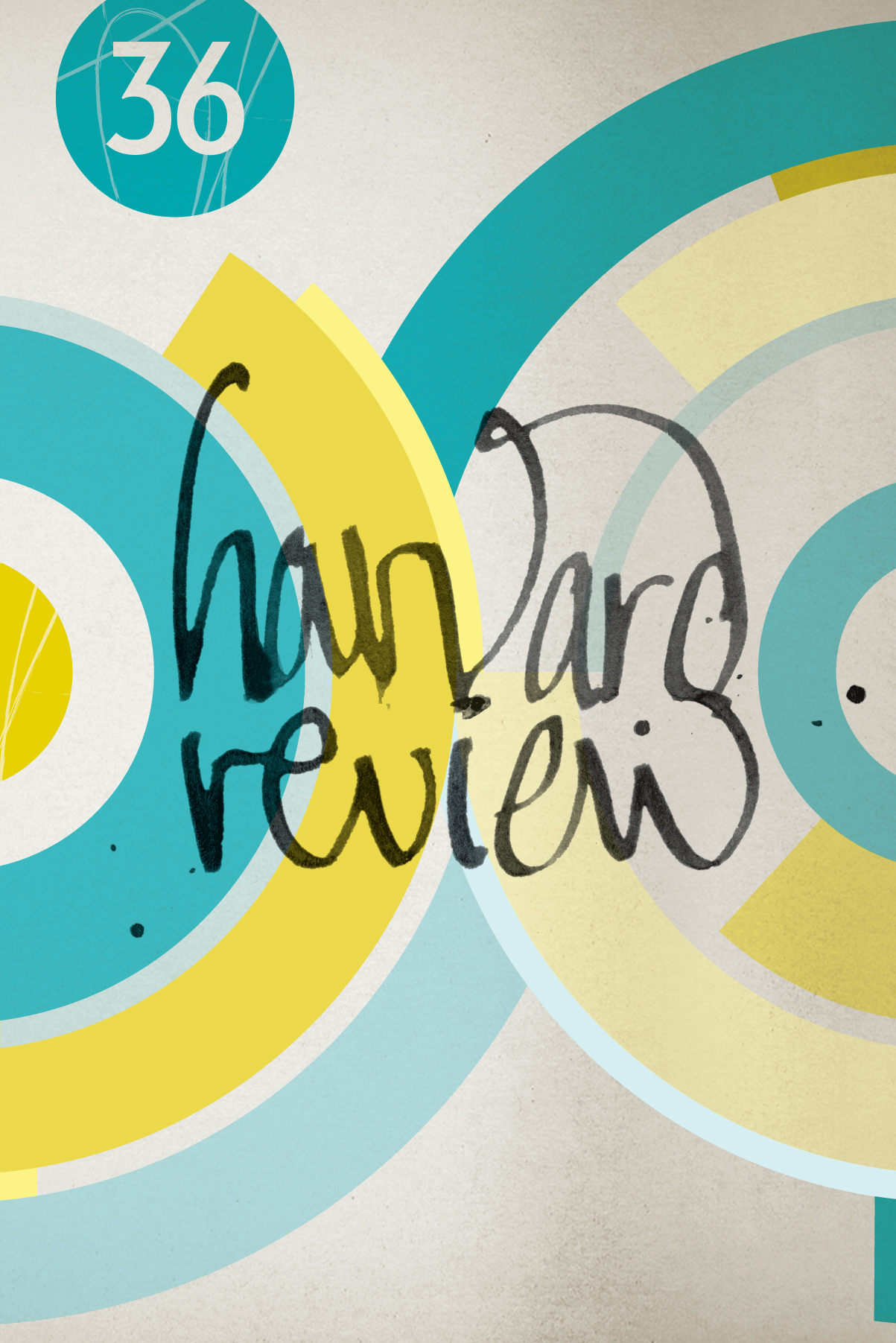HR 36 Editorial
by Christina Thompson
When I was a graduate student in Australia I used to teach in a course we called “Humanizing the Engineers.” It was a big class, and a required one, and it was team-taught by a group of junior instructors in various humanities fields. For all these reasons it was never going to be a very memorable class, but what made it unique in my experience was the fact that the students talked right through the lectures. Twenty-five years later this still impresses me, though when I told my son the computer scientist this story he just laughed. What did I expect, he said, of engineers?
This is one of those cultural divides—like red states and blue states—that we all recognize as a caricature with a grain of truth. When there is plenty of everything to go around, it hardly matters that there are differing views about the value to society of the humanities and the arts. But in times of stress, such as those we are living through at the moment, the argument gets more heated. We saw this recently in the pages of the New York Times, where the claim that we cannot afford to squander society’s diminishing resources on esoteric subjects like philosophy was met with the counter argument that if we’d only spent a bit more time teaching philosophy we might not be teetering on the brink of bankruptcy now.
I don’t know whether this is strictly true, but I do know that it takes some courage to defend poetry and painting and historical scholarship at a time when everything is being reckoned in nickels and dimes. All around us cultural institutions are coming under enormous pressure and some are giving way. The troubles at Brandeis University’s Rose Art Museum are a clear sign of danger, while the recent announcement that Middlebury College has given the New England Review a two-year ultimatum sent shivers up the spine of many in the literary community. Harvard clearly has a role to play at such a moment, and it has been gratifying to see the president, Drew Faust, take this opportunity to reaffirm the university’s commitment to the arts and, by extension, the place of the arts and humanities in a world in which science and technology play an increasingly powerful role. Her strong stance on this issue has been enormously encouraging to all of us in the arts at Harvard and will, I think, stand out as a memorable act of leadership when we look back upon this time.
One common argument in defense of disciplines like art and literature is that they are vehicles of self-awareness and, as such, enable us to better understand ourselves, both as individuals and as a society. Looking back over this issue, I am amazed at how true this is of the pieces included here. Ruthann Robson examines our preconceptions about race and poverty from the point of someone who grew up white and poor. Nic Brown captures the tension between characters who are not exactly what they seem as a hurricane bears down upon an American city. And Barbara Hamby considers the web of intersecting obligations in a cross-cultural marriage in Hawai’i.
There are so many interesting interactions—even collisions—in these pages: Antonia Lloyd-Jones’s witty and irreverent take on English in a foreign land; or Terrance Hayes’s ruminations on what to do with Wallace Stevens; or Mahmoud Darwish’s chilling dramatic monologue, which suggests how different histories might imaginatively overlap. Interestingly, this idea of a palimpsest, or layered rewriting, is graphically explored by the artist Ann Hamilton. But not all collisions are primarily cultural, and some of the finest pieces in this issue concern the way we imagine ourselves as members of that smaller social unit, the family. Included in this group are Sherman Alexie’s charming poem about fatherhood, Kathryn Rhett’s heart-wrenching essay on the death of her sister-in-law, and highly accomplished stories by two relative newcomers, Aria Beth Sloss and Sarah A. Strickley.
These are the stories by which we know ourselves and without which we cannot hope to know each other—which is really what we were trying to communicate, all those years ago, to the budding engineers.
Published on February 19, 2015
First published in Harvard Review 36

